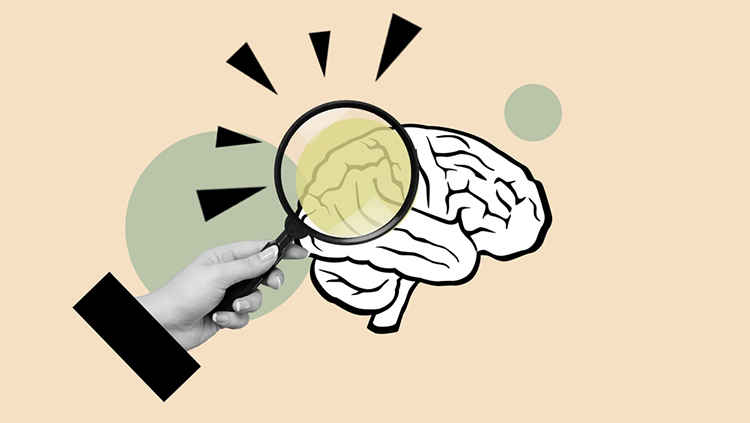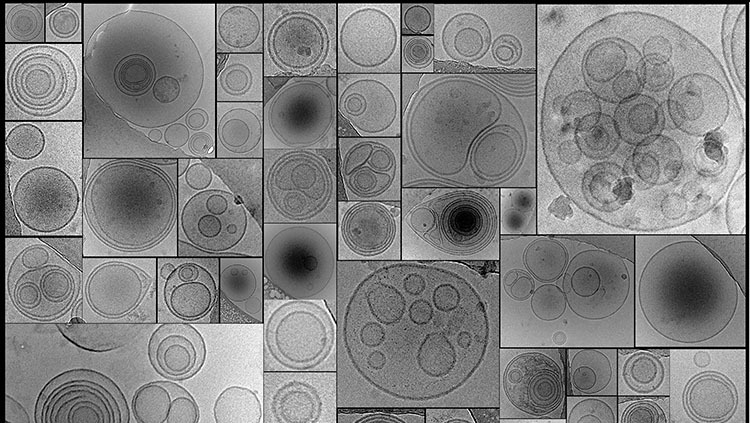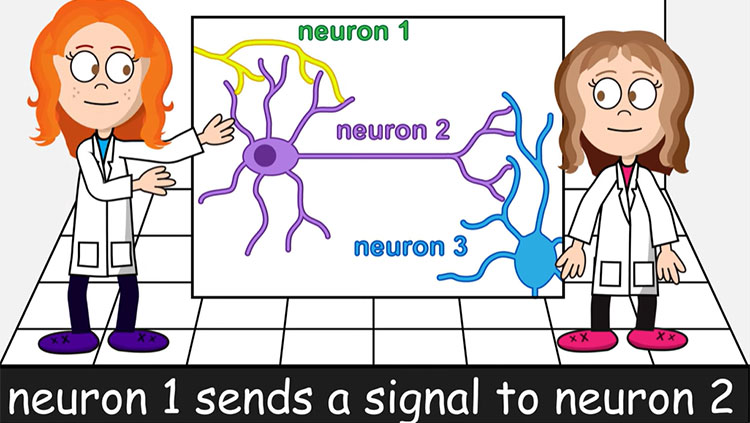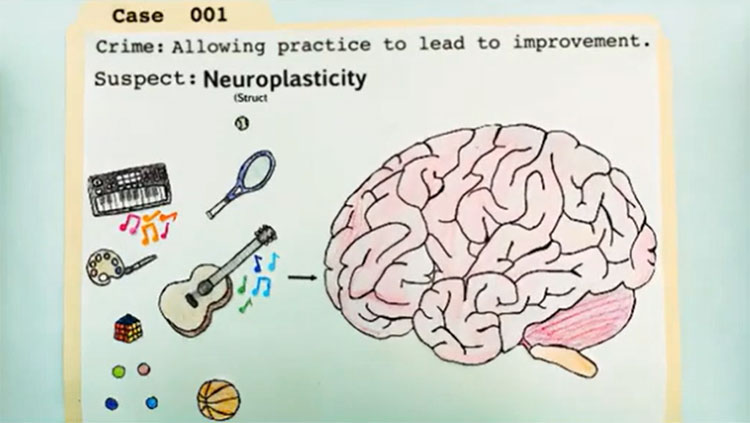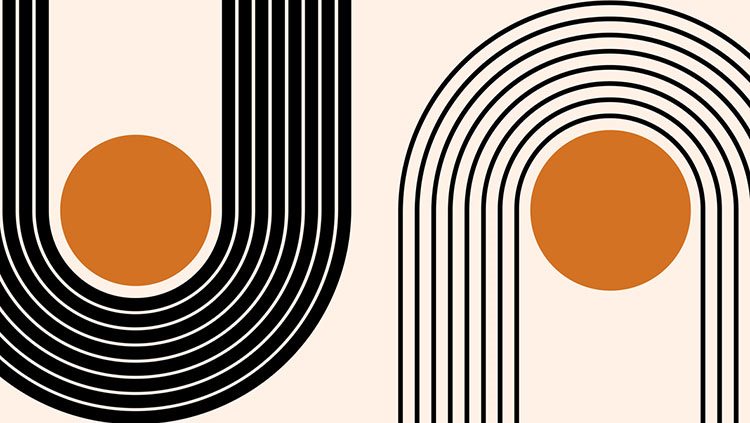Schwann Cells Keep Signals Strong
- Published29 Jan 2018
- Reviewed29 Jan 2018
- Author Charlie Wood
- Source BrainFacts/SfN
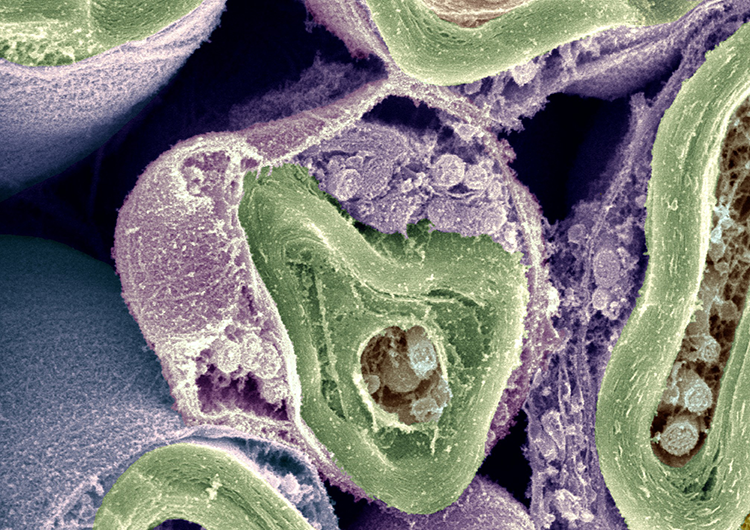
To pull off all the processing that goes on between your ears, the brain needs information from all over your body. Some of the longest neurons, for example, stretch the length of your leg from your big toe to the bottom of your spine. Much as rubber covers long-distance electrical wires for insulation, nerve fibers known as axons (seen here in brown) are wrapped in a fatty material called myelin (green) that lets them carry signals quickly from head to toe.
But those protective sheaths aren’t part of the neuron itself. Outside of the brain and spinal cord, they come from Schwann cells (purple). The type shown here supports just one section of a single axon, wrapping around it again and again like a bandage.
CONTENT PROVIDED BY
BrainFacts/SfN
Also In Cells & Circuits
Trending
Popular articles on BrainFacts.org



